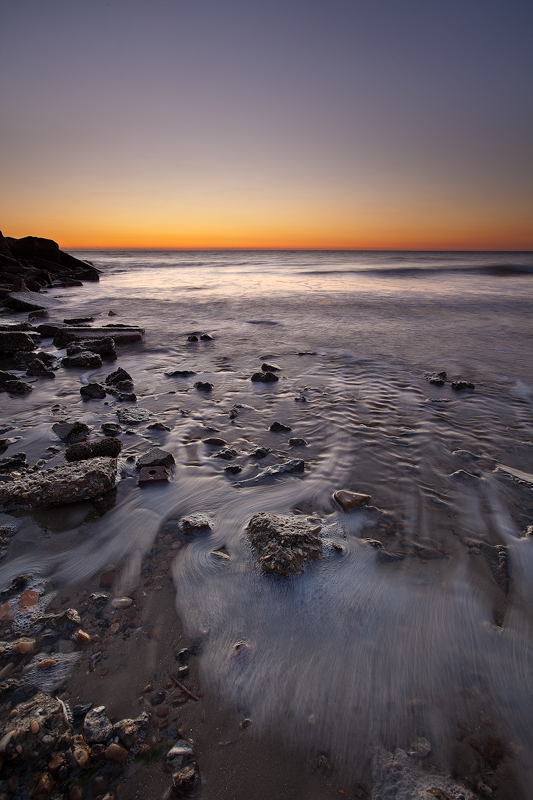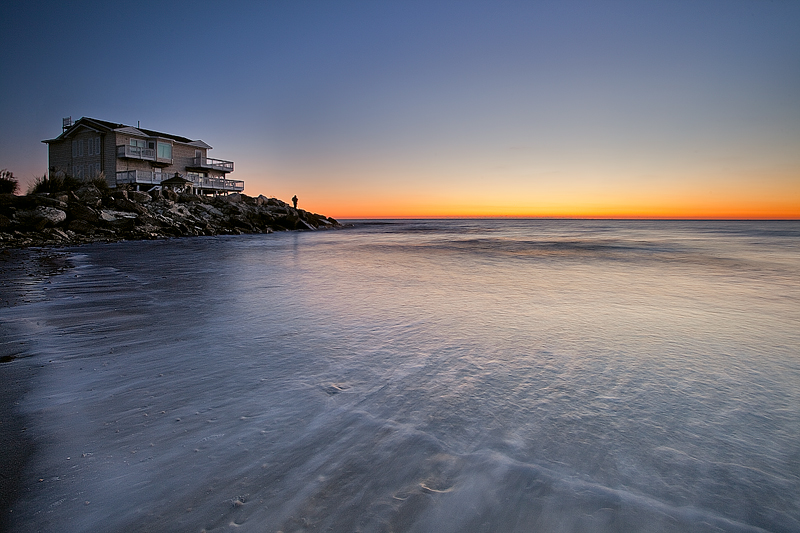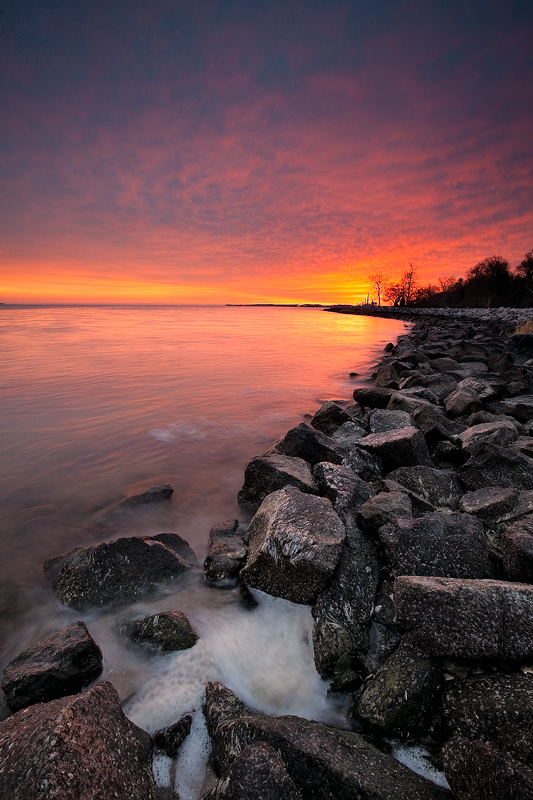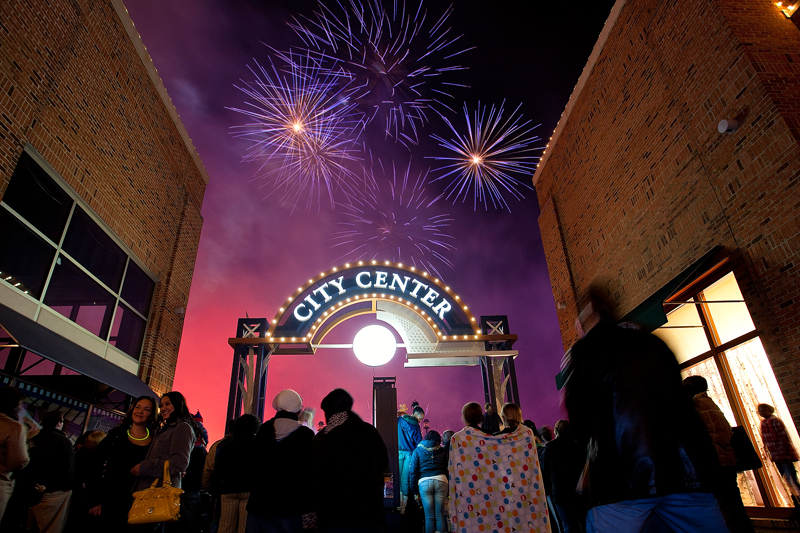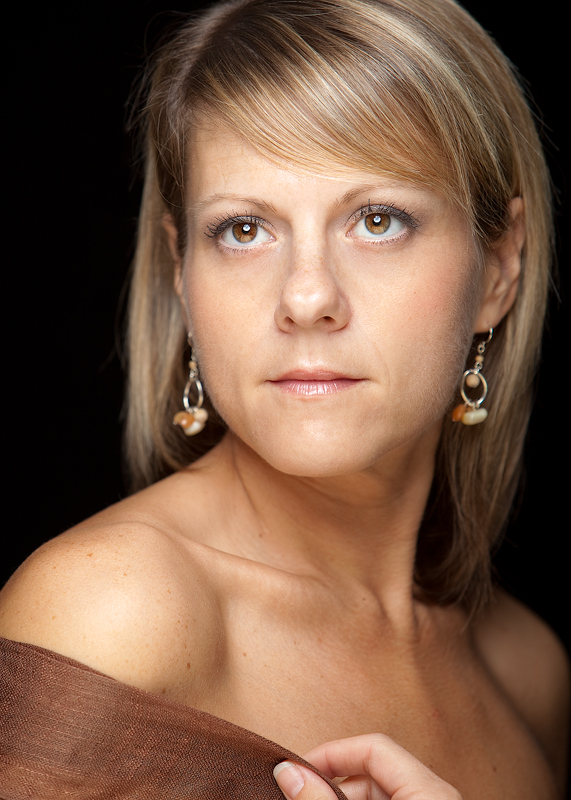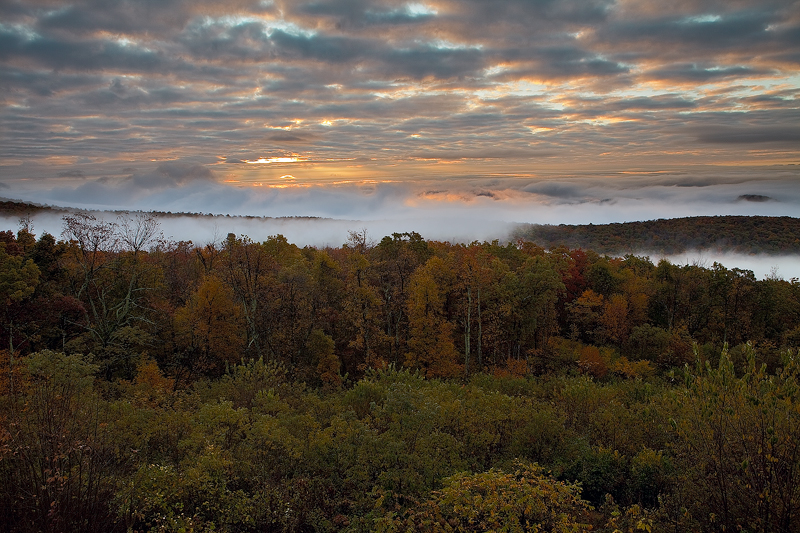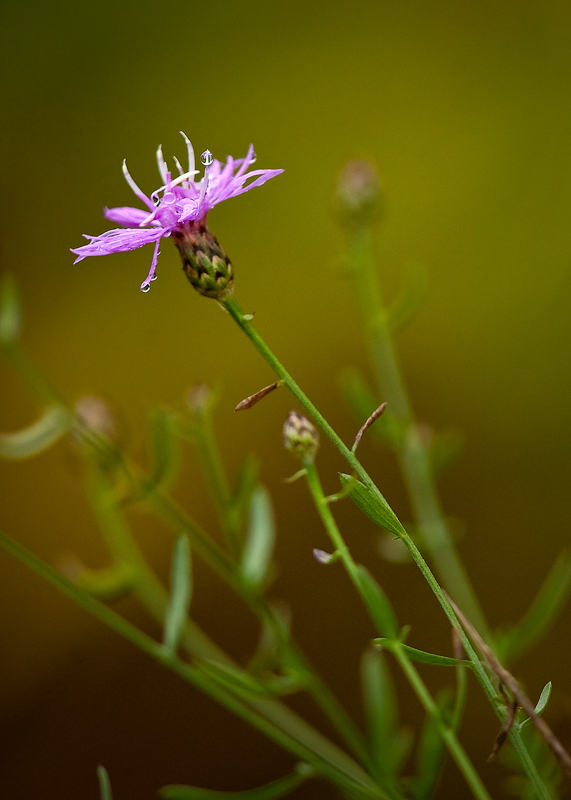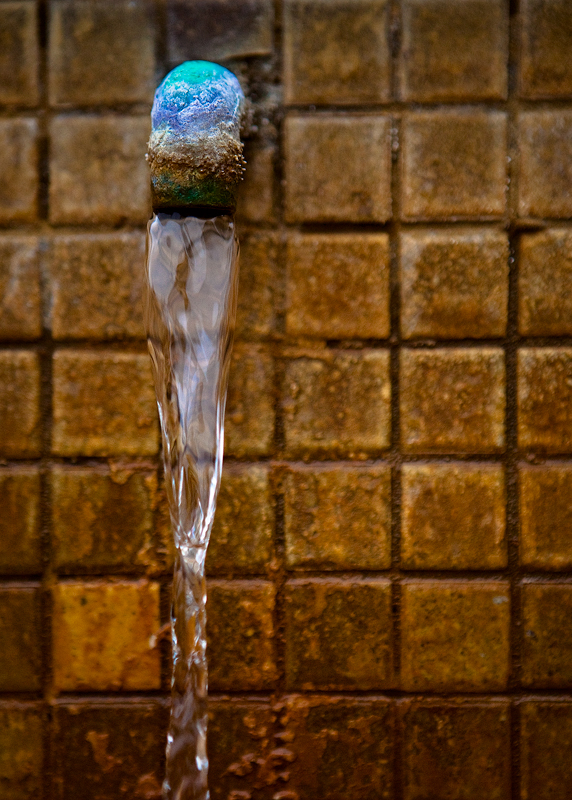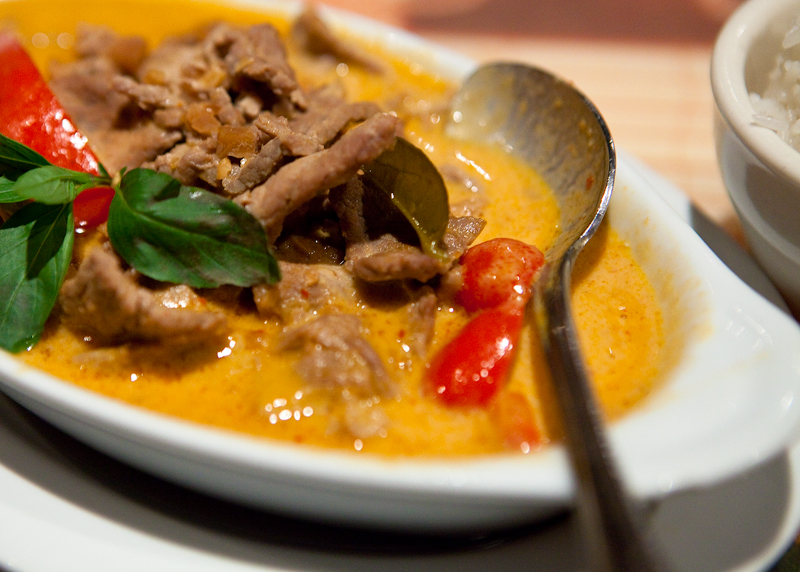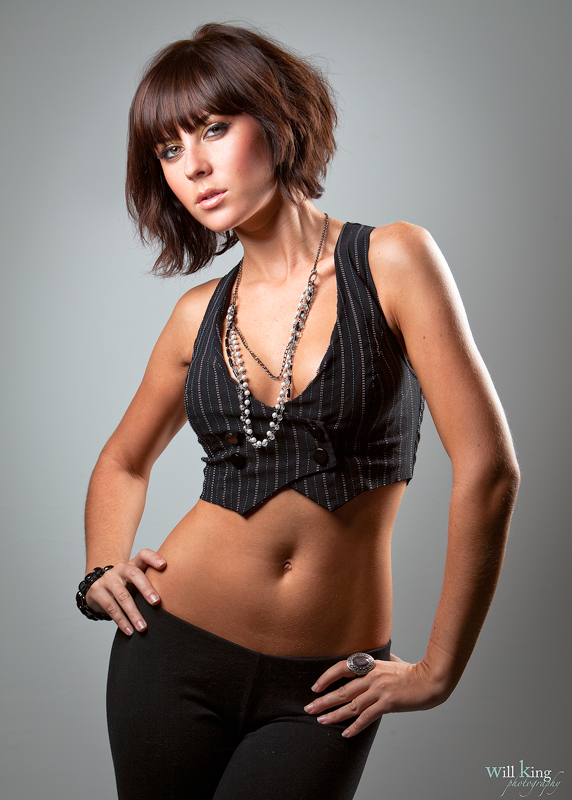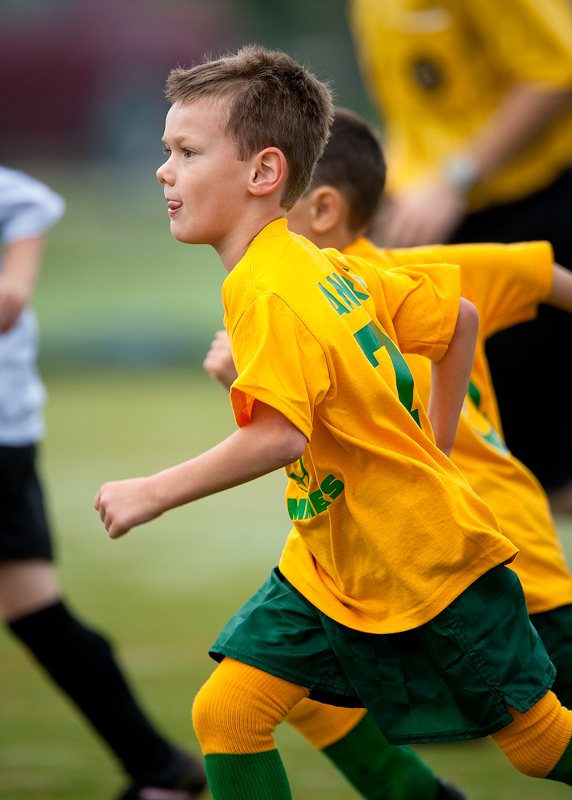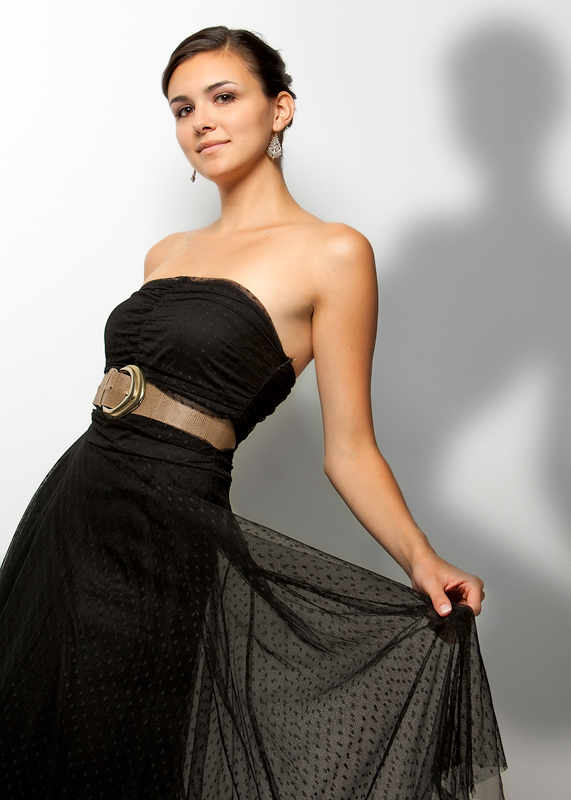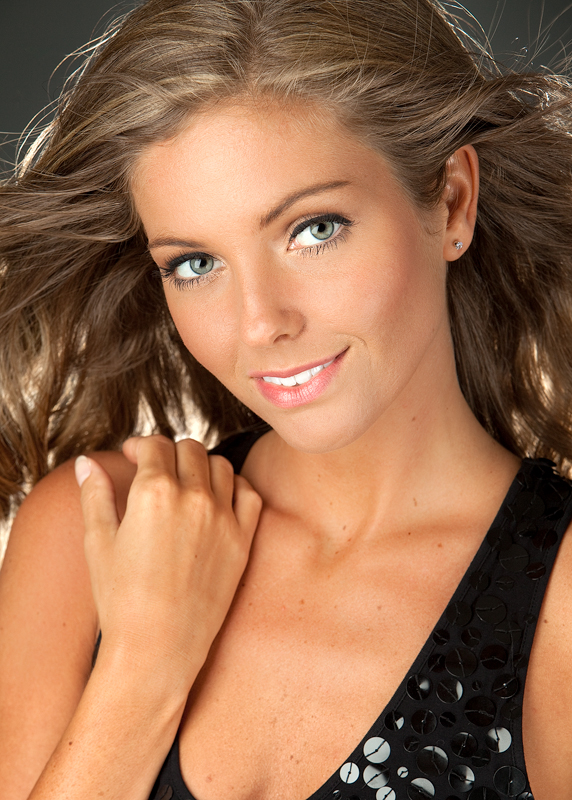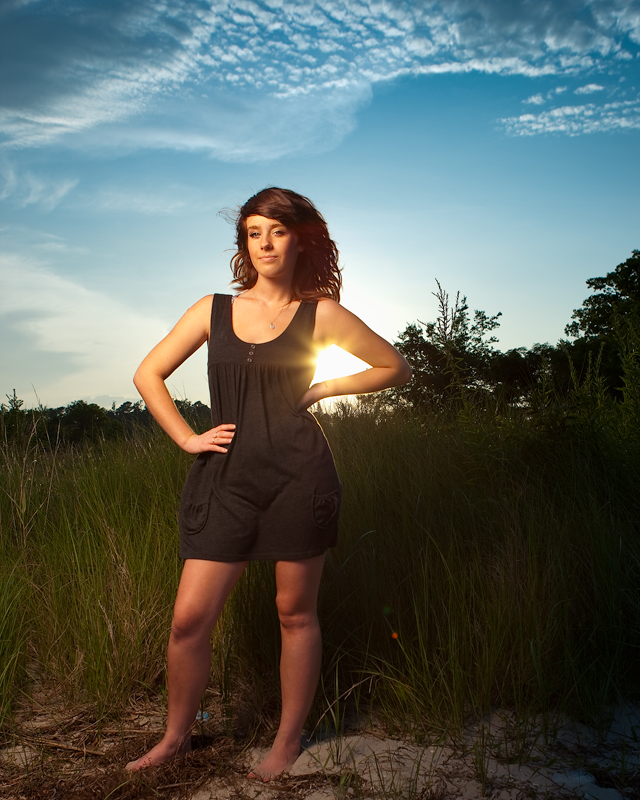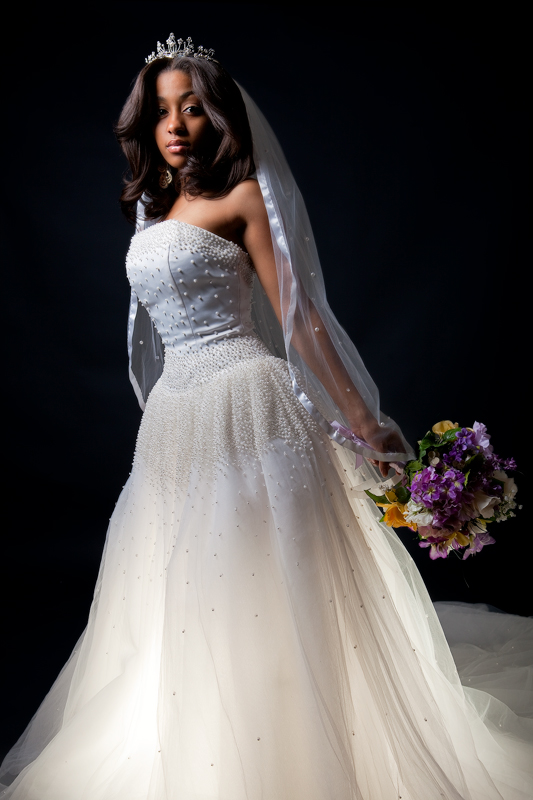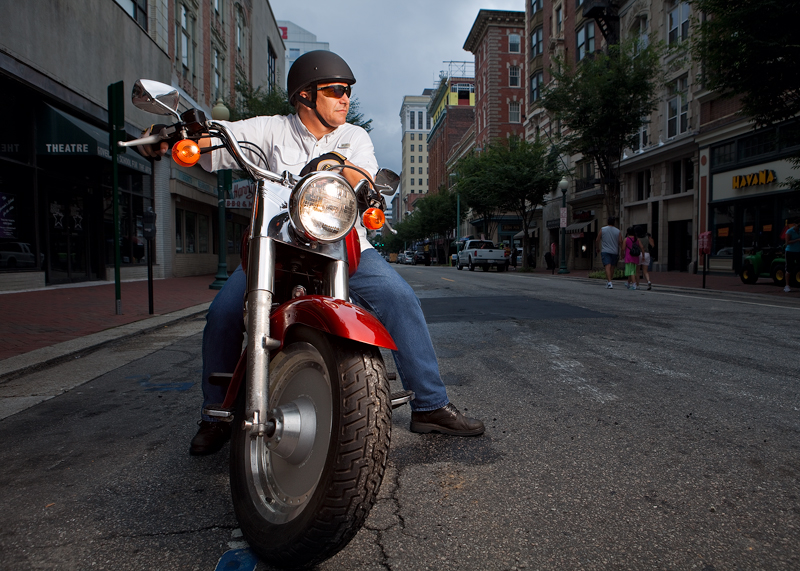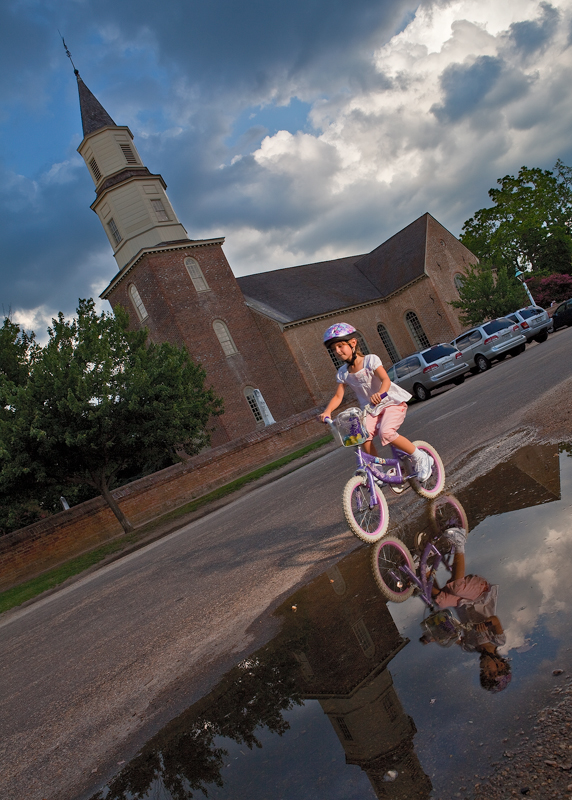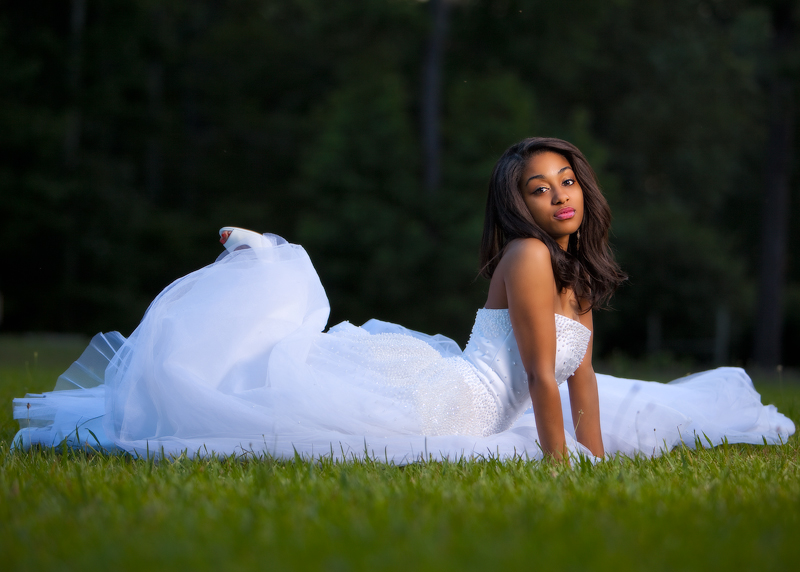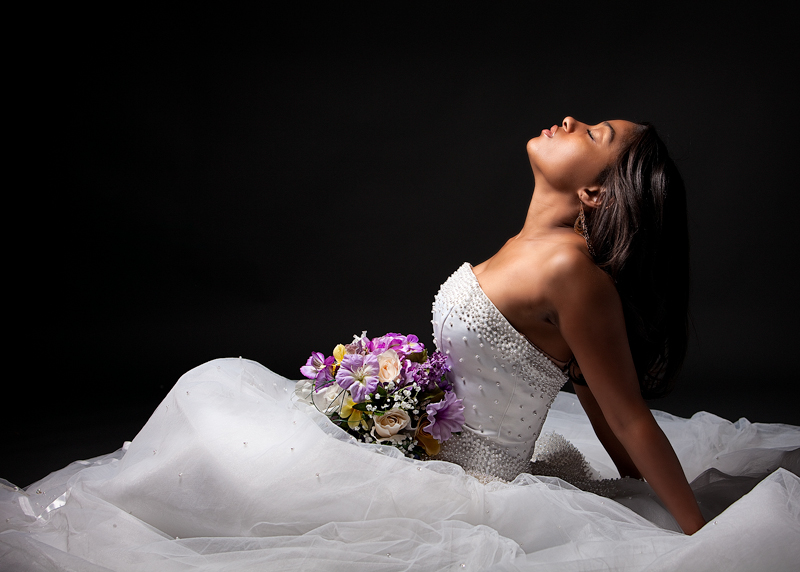The Holidays should be a time of joy and celebration but it often turns stressful for whomever is in charge of taking the pictures. This year, eliminate the stress and take better pictures by following a few basic tips.
Be PreparedThe night before the holiday gathering, make sure you have your gear ready. This means fully charged
batteries, and an extra set. Plenty of empty
memory cards. Tripod, light stands, reflectors. You may also want to have your
camera and flash settings correct prior to the family gathering as well. This will ensure your pictures turn out great without having to fumble with the settings while your family is there.
Use the Right LightWhen photographing the Christmas tree,
avoid using flash. Flash will overpower the lights on the Christmas tree and create a harsh shadow. Also, try out of focus shots when photographing the tree.
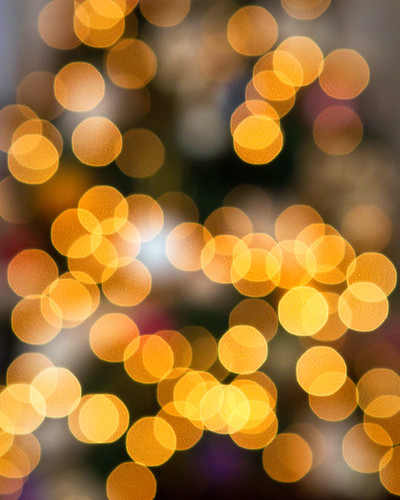
If it's all possible,
avoid using the on-camera pop-up flash when photography people. Direct flash is very unflattering and should be avoided. If you do not have the option for remote flashes, using something like a piece paper towel over the flash will help soften and diffuse the light.
Also consider using as much
available light as possible. This means opening the windows and letting natural light in. If you're using lights from lamps or other artificial light sources, remember to change the
White Balance setting on your camera to avoid strong color shifts.
Getting Great Holiday Family Portraits Hire me!
Hire me!But if you want to try yourself, these tips may help.
Have the family wear
festive, holiday colors. You want the photo to say the Holidays so greens, reds, and whites are appropriate. Not everyone has to wear the same color, but patterns and busy prints should be avoided.
If you decide to take the photo outdoors, earth toned colors are a safe bet.
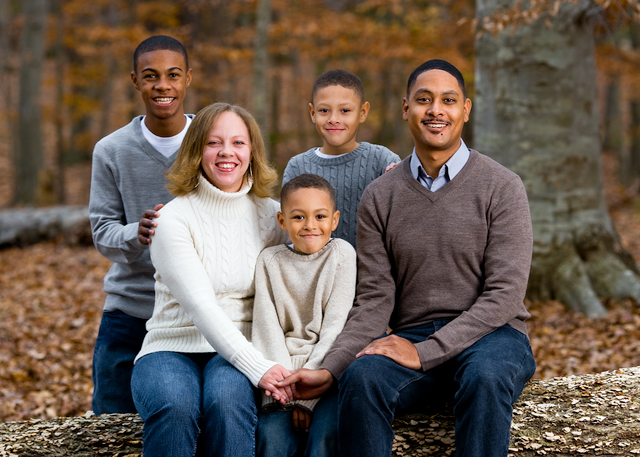
Make sure all your camera and lighting settings are correct
before the family poses. This will ensure that the task will be stress free and that you keep your subjects looking happy. This is especially true for kids and babies. You'll have a time span of about 2 minutes. Make sure you spend that time getting great smiles and expressions and not fidgeting with your camera settings.
When photographing a group of people, have everyone
close their eyes and count to three. On three, have them open their eyes and then take the shot. This will reduce the chances of someone blinking.
Getting Great Holiday Family CandidsMake a list of shots that you don't want to miss. A list will help you remember important shots that you may otherwise forget because of the hectic nature of the day.
When photographing kids and pets, get on their level.
Perspective can make a break a photo.
Anticipation is the key. Be ready when kids open their gifts to make sure you capture their expressions.
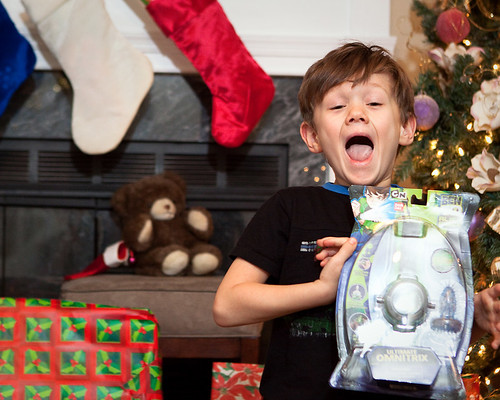
Take a shot for every gift opened. This will help keep
memories alive.
When photographing in the snow, remember that all digital cameras will have a tendency to underexpose. Change the settings on your camera to
increase the exposure 1-2 times the norm.
Last but not least.....
have fun!
